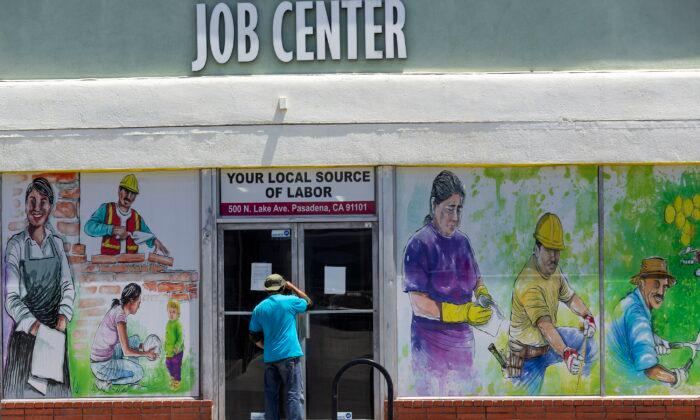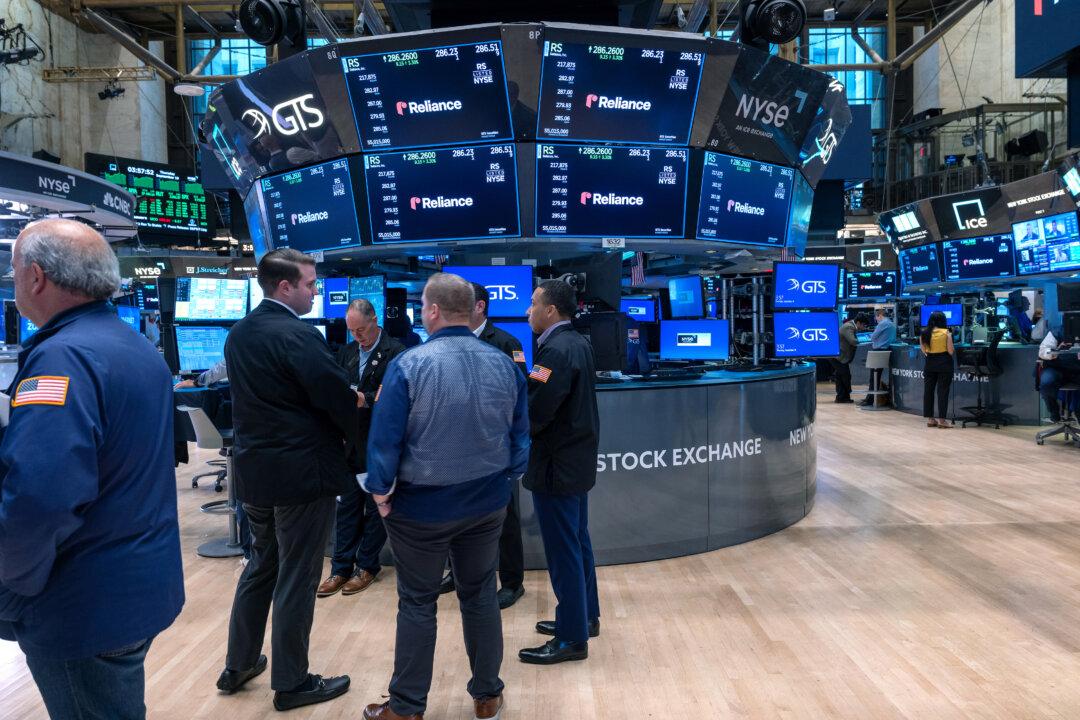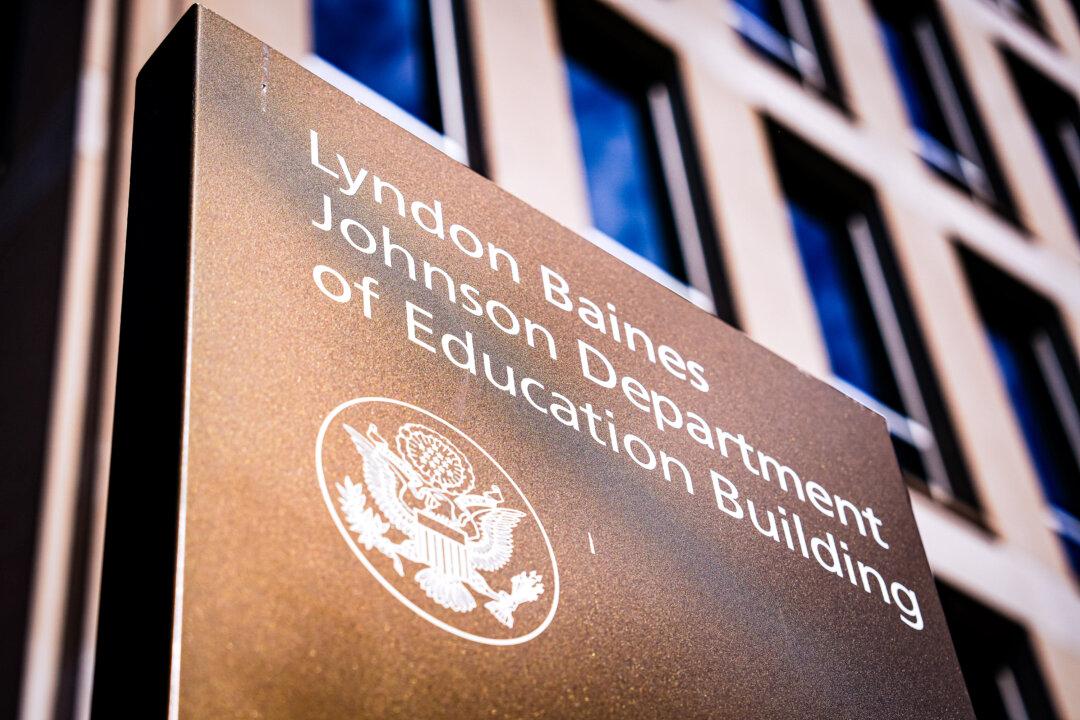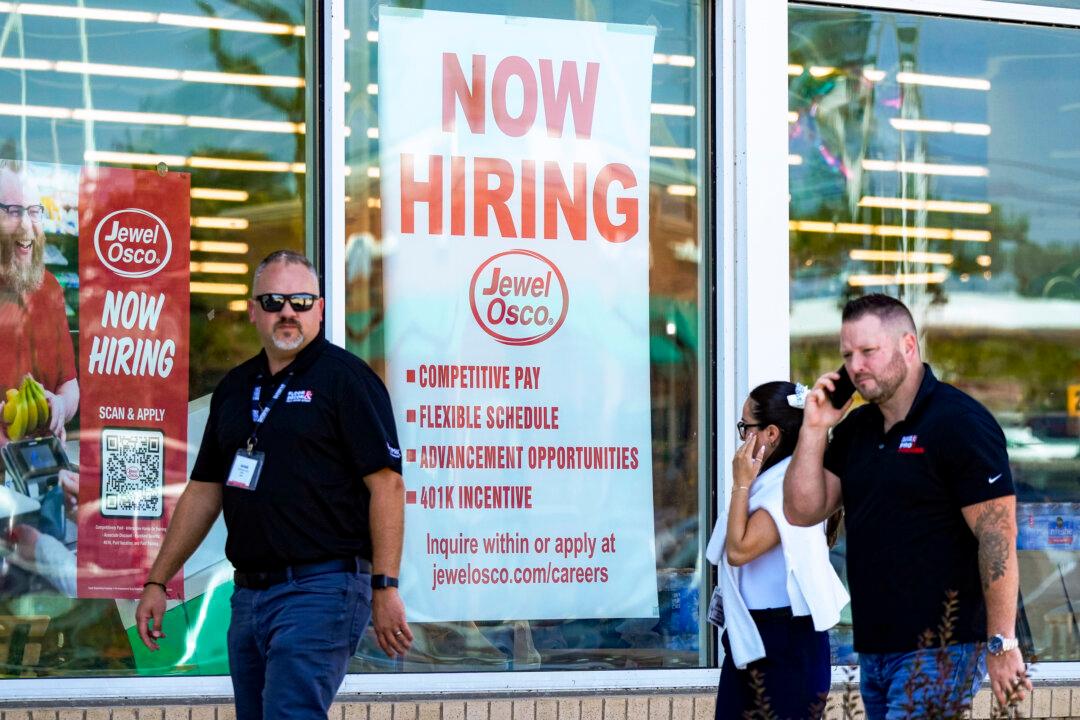On the whole, the jobless rate tended to be above the national average of 8.4 percent in states in the Northeast and West, while jobless rates were generally lower in the Midwest and South—regions in which some states saw a recent uptick in COVID-19 cases.
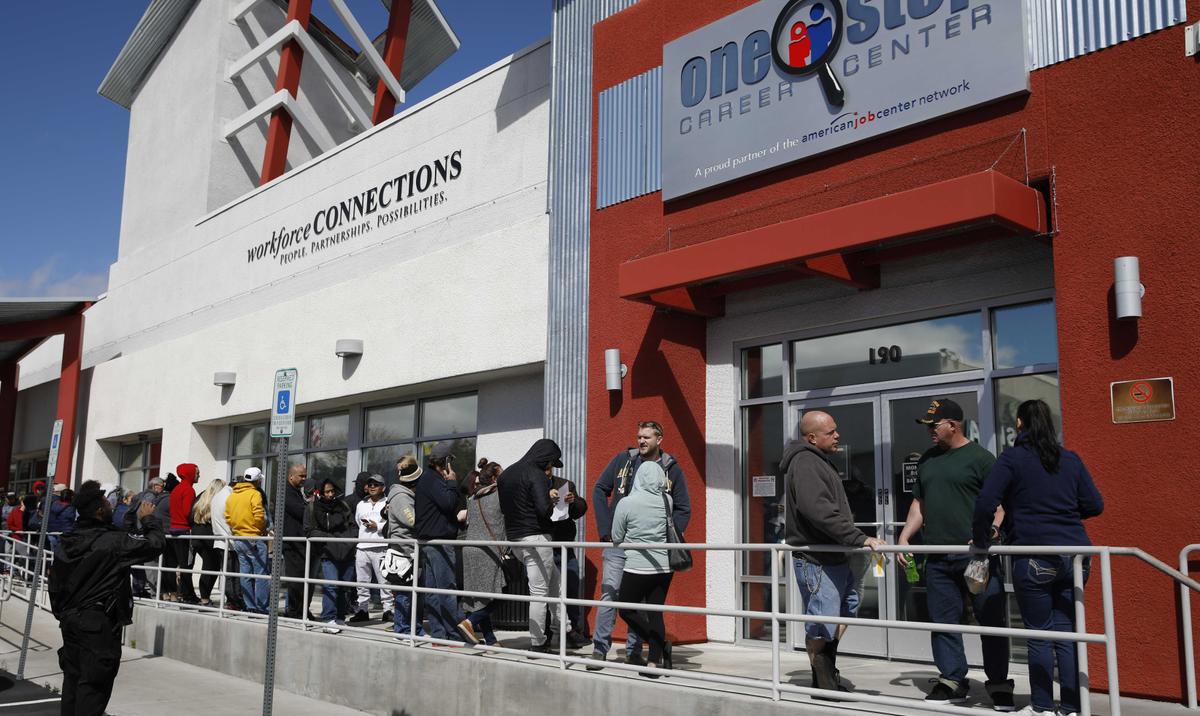
As states imposed lockdowns in attempts to curb the spread of the virus, the unemployment rate shot up in April across all regions, peaking at a national average of 14.7 percent, before falling, although at different rates. In August, the largest unemployment rate drops took place in Massachusetts (-4.9 percentage points), Arizona (-4.8 points), and Alaska (-4.2 percentage points). The jobless rate fell month-over-month by at least 2.0 percentage points in another 14 states, including Florida (-4.0 percentage points), Vermont (-3.5 percentage points), New York (-3.4 percentage points), and New Jersey (-3.3 percentage points). The only over-the-month jobless rate increases took place in Kentucky (+3.1 percentage points) and Rhode Island (+1.5 points).
In August, the unemployment rate was highest in Nevada (13.2 percent), followed by Rhode Island (12.8 percent), and Hawaii and New York (each at 12.5 percent). The lowest jobless rates in August were in Nebraska (4.0 percent), followed by Utah (4.1 percent), Idaho (4.2 percent) and South Dakota and Vermont (each at 4.8 percent). Overall, 29 states had jobless rates lower than the national average, 10 states had higher rates, and 11 states and the District of Columbia were close to the national average.
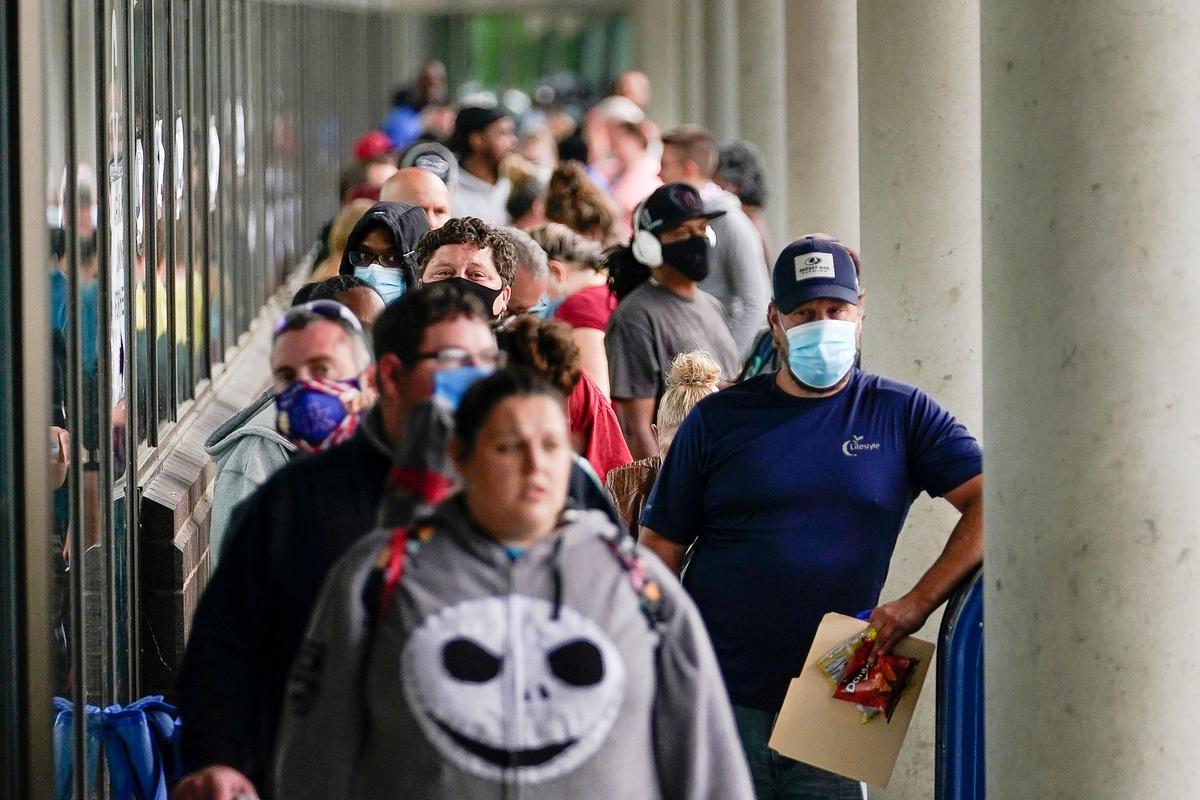
The CCP virus has delivered a colossal shock to the economy. Until the pandemic upended the operations of American companies, from factories to family diners, weekly jobless aid applications had never exceeded 700,000 in the United States. They’ve topped 700,000 for over 25 consecutive weeks.
“As time during the pandemic seems to both race ahead and stand still, new jobless claims have remained historically elevated for 26 weeks, or a half-year,“ said Bankrate.com senior economic analyst Mark Hamrick in an emailed statement to The Epoch Times. ”The latest reading at 860,000 new claims in the programs administered by states marked a slight decline week-over-week and the fourth below 1 million since mid-March.”
The U.S. economy created 1.371 million jobs in August after adding 1.734 million in July. So far, 10.6 million of the 22.2 million jobs lost at the height of the CCP virus crisis have been recovered.
